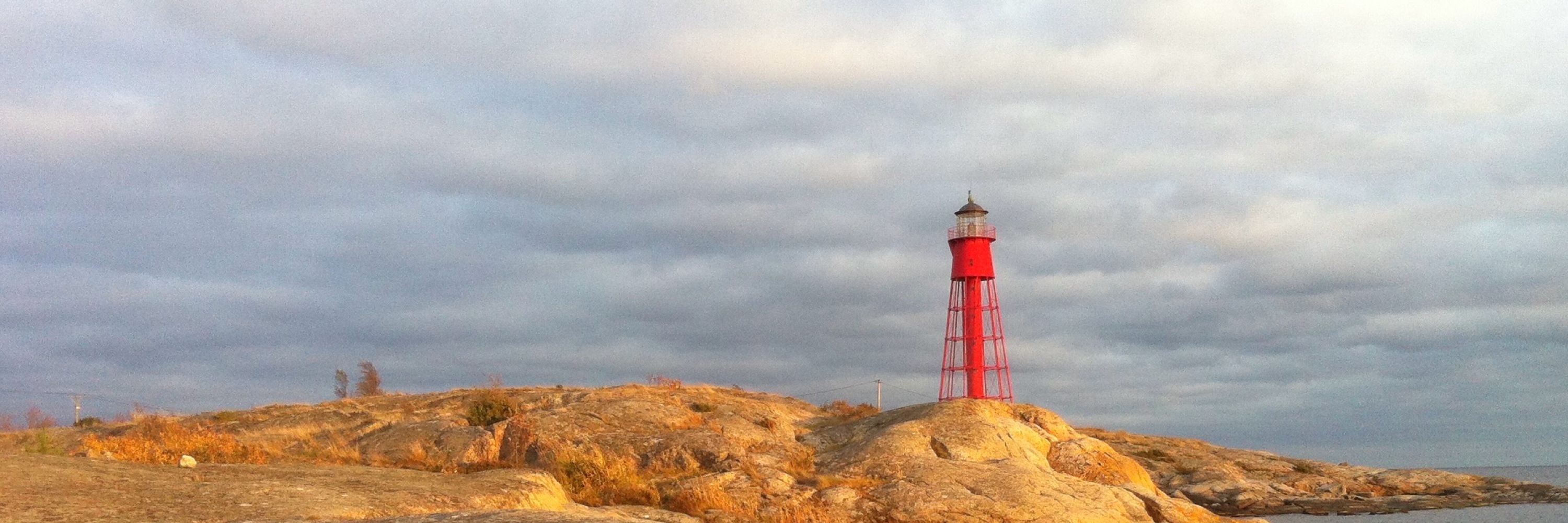
Axel Jensen
@axeljensen.bsky.social
PhD student in evolutionary genomics at Uppsala University. Primates, speciation, hybridization, etc. Birder.
More in the preprint, have a read!
With Emma Horton, Junior Amboko, Stacy-Anne Parke, John Hart, Anthony Tosi, Katerina Guschanski and Kate Detwiler.
This is what the Y chromosome donor species, the blue monkey, looks like (although a female so no Y chrom in this picture…)
With Emma Horton, Junior Amboko, Stacy-Anne Parke, John Hart, Anthony Tosi, Katerina Guschanski and Kate Detwiler.
This is what the Y chromosome donor species, the blue monkey, looks like (although a female so no Y chrom in this picture…)


March 15, 2024 at 4:09 PM
More in the preprint, have a read!
With Emma Horton, Junior Amboko, Stacy-Anne Parke, John Hart, Anthony Tosi, Katerina Guschanski and Kate Detwiler.
This is what the Y chromosome donor species, the blue monkey, looks like (although a female so no Y chrom in this picture…)
With Emma Horton, Junior Amboko, Stacy-Anne Parke, John Hart, Anthony Tosi, Katerina Guschanski and Kate Detwiler.
This is what the Y chromosome donor species, the blue monkey, looks like (although a female so no Y chrom in this picture…)
as almost no introgression was present on the autosomes. This suggest that the introgressing Y chromosome swept to fixation from a very low initial frequency, which most likely required positive selection (we do some simulations to test this in the manuscript)…
March 15, 2024 at 4:07 PM
as almost no introgression was present on the autosomes. This suggest that the introgressing Y chromosome swept to fixation from a very low initial frequency, which most likely required positive selection (we do some simulations to test this in the manuscript)…
This means that they were some 6 million years diverged at the time of introgression. This appears to be quite exceptional, and we have not been able to find any comparable events in the literature. Interestingly, it also seems that the Y was the only thing to introgress..
March 15, 2024 at 4:07 PM
This means that they were some 6 million years diverged at the time of introgression. This appears to be quite exceptional, and we have not been able to find any comparable events in the literature. Interestingly, it also seems that the Y was the only thing to introgress..
Dent’s monkey, the easternmost lineage of the mona species group, carries a Y chromosome that is nested within the blue monkey. These lineages diverged ca 7-8 million years ago. We demonstrate that introgression was indeed the cause, and that it occurred ca 1-2 mya…
March 15, 2024 at 4:07 PM
Dent’s monkey, the easternmost lineage of the mona species group, carries a Y chromosome that is nested within the blue monkey. These lineages diverged ca 7-8 million years ago. We demonstrate that introgression was indeed the cause, and that it occurred ca 1-2 mya…
This phenomenon is known as Haldane’s rule and effectively hinders the Y chromosome from introgressing (Y chromosome introgression is rare!). Indeed, we found that the Y chromosome phylogeny traced the species tree much closer than the mtDNA. With one pretty remarkable exception:
March 15, 2024 at 4:06 PM
This phenomenon is known as Haldane’s rule and effectively hinders the Y chromosome from introgressing (Y chromosome introgression is rare!). Indeed, we found that the Y chromosome phylogeny traced the species tree much closer than the mtDNA. With one pretty remarkable exception:
Knowing that males are more prone to disperse than females, the Y should in principle introgress as much or more than the maternally inherited mitochondrion. However, male hybrids, being heterogametic (in mammals), typically suffer reduced fitness relative to females…
March 15, 2024 at 4:06 PM
Knowing that males are more prone to disperse than females, the Y should in principle introgress as much or more than the maternally inherited mitochondrion. However, male hybrids, being heterogametic (in mammals), typically suffer reduced fitness relative to females…

